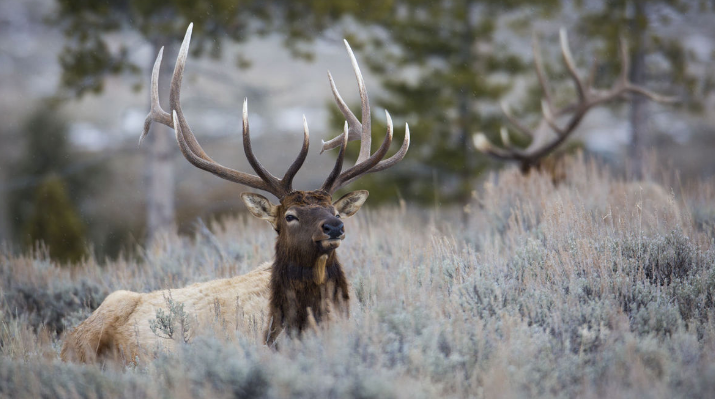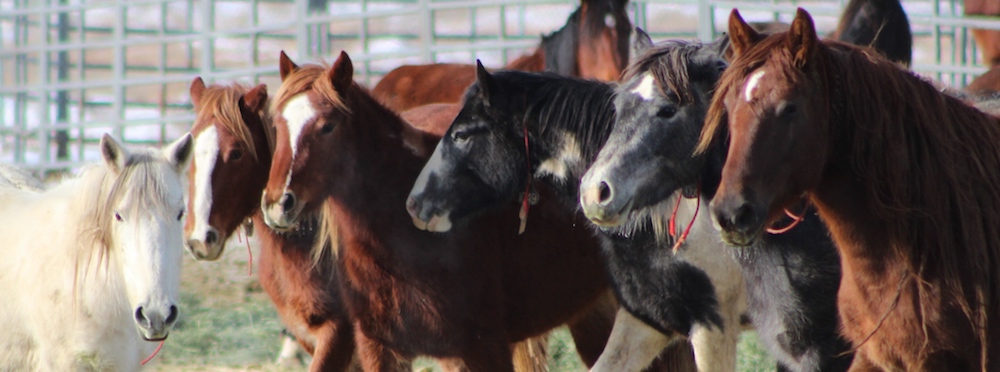The program has been so successful that from 2014 to 2019, the elk herd has actually grown from 71 elk to now around 200. A stunning free-market success story, thanks to Leon’s and his volunteers’ work with the Rocky Mountain Elk Foundation.
Presented by CFACT
Saving elk with coal mine reclamation
Contrary to what radical environmentalists would have you believe, rural property owners care deeply about the environment.
They’ve lived on their property oftentimes for generations. They see more wildlife in a year than many city dwellers may see in an entire lifetime.
Thus it’s sad to see when leftists, the vast majority urbanites, impugn their character as being callous toward the environment.
In episode 2 of CFACT’s “Conservation Nation” YouTube series, host Gabriella Hoffman interviews Leon Boyd and his volunteers who have been working to make reclaimed coal fields in Virginia suitable habitat for growing numbers of elk.
Private landowners have leased land to create habitat, while local volunteers and visitors from far and wide come to lend a helping hand with their efforts. Even the Virginia Department of Mines, Minerals, and Energy has pitched in, allowing for these formerly-mined lands to be used for conservation purposes.
The program has been so successful that from 2014 to 2019, the elk herd has actually grown from 71 elk to now around 200. A stunning free-market success story, thanks to Leon’s and his volunteers’ work with the Rocky Mountain Elk Foundation.
Watch the entire episode below.
In the video, Leon Boyd explains how the region has been working hard to recover from Obama’s disastrous “war on coal” – an ill-conceived political effort that hammered many hard working folks.
Notes Leon, “Southwest Virginia has thrived on coal for so many years and depended on coal, and with the last few years with the coal and the gas industry being on a downturn and a lot of jobs lost from our area and people leaving, by having the elk and the deer in places that we’re trying to put together, we see a lot folks travel here now to spend the weekend and either ride the trails or birdwatch or just wildlife enthusiasts out here seeing whatever may be on the properties.”
The mantra of the green agenda for America’s forests and wilderness is “don’t touch!” But history tells us that environmental solutions are best fostered when humans are empowered with market incentives and strong protections of their property rights — not when they are prohibited from having any interaction with the natural world whatsoever.
Free Range Report
Thank you for reading our latest report, but before you go…
Our loyalty is to the truth and to YOU, our readers!
We respect your reading experience, and have refrained from putting up a paywall and obnoxious advertisements, which means that we get by on small donations from people like you. We’re not asking for much, but any amount that you can give goes a long way to securing a better future for the people who make America great.
[paypal_donation_button]
For as little as $1 you can support Free Range Report, and it takes only a moment.



